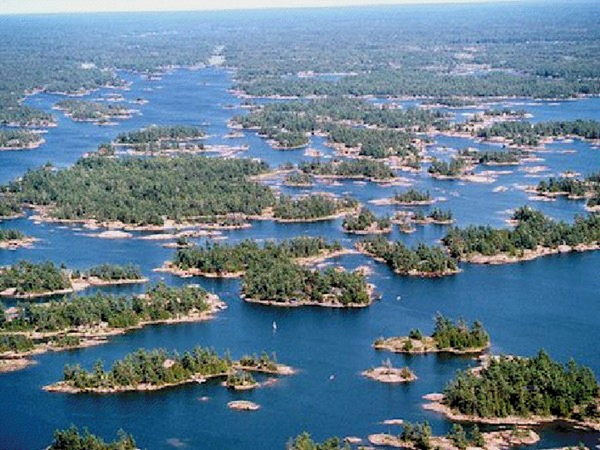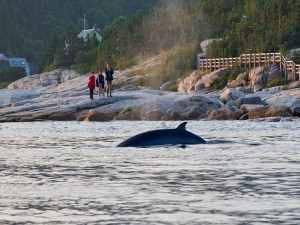What we know of Canada today wasn’t made in a day. Actually, it took hundreds of years to get where we are now. Canadian government has been touting 2017 as the 150th birthday of Canada. While that is kind of true, there is more to explore if we are to really understand what it exactly refers to.
The year 2017 marks 150 years since Confederation. Canada is actually a federation, but the term Confederation caught on in the 19th century and it stuck. By definition, the difference between a confederation and a federation is that the membership of the member states in a confederation is voluntary, while the membership in a federation is not.
In a Confederation, the federal government is accountable to the member states, who are the ultimate authority. The central authority of a confederation is usually a weak body appointed by the member states.
In a Federation, the federal government will hold the ultimate authority and the member states will be subordinate to it. The central authority of a federation is a federal government which governs the member states.
On July 1, 1867, four provinces (Ontario, Quebec, Nova Scotia and New Brunswick) composed the new Dominion of Canada, as per the British North America Act of 1867. The rest of the provinces and territories joined and were formed over time, Nunavut being the most recent, which officially separated from Northwest Territories in 1999. So, Canada with all ten provinces and three territories — is actually turning 18. That’s pretty young!
Let’s quickly have a look through the history to see what was Canada actually up to until we got the first confederation going in the year 1867.
Starting in the late 15th century, French and British both colonized various parts of North America, often fighting vehemently to keep control. The colony of New France was established in 1534 and at its peak in 1712 the territory extended from Newfoundland to the Canadian prairies and from Hudson Bay to the Gulf of Mexico, including all the Great Lakes of North America (Lakes Superior, Ontario, Michigan, Erie, and Huron). In 1763 New France was handed over to Spain and Great Britain.
The United Province of Canada was a British colony in North America from 1841 to 1867. The Province of Canada ceased to exist at Canadian Confederation on July 1, 1867, when it was divided into the Canadian provinces of Ontario and Quebec. From 1791 to 1841, the territory roughly corresponding to modern-day Southern Ontario in Canada belonged to the British colony of Upper Canada, while the southern portion of modern-day Quebec belonged to Lower Canada (along with Labrador until 1809, when Labrador was transferred to the colony of Newfoundland). Upper Canada was primarily English-speaking, whereas Lower Canada was primarily French-speaking.
The Province of Quebec was a colony in North America created by Great Britain after the Seven Years' War – a war fought by all the super powers of Europe at that time except Ottoman Empire, one group lead by Kingdom of Great Britain, the other led by Kingdom of France. Great Britain acquired French Canada by the Treaty of Paris.
In 1867, the Province of Canada was joined with two other British colonies of New Brunswick and Nova Scotia through Confederation, forming a self-governing entity named Canada. The new dominion expanded by incorporating other parts of British North America, finishing with Newfoundland and Labrador in 1949.
Although Canada had its own government, Britain continued to set its foreign and defence policies after the end of the First World War. In 1931, the Statute of Westminster was passed and Canada became co-equal with the United Kingdom. In 1982, the Constitution was repatriated and all legal dependence on the British parliament were removed.
Canada currently consists of ten provinces and three territories and is a parliamentary democracy and a constitutional monarchy with Queen Elizabeth II as its head of state.
Parks Canada is offering discovery pass for free admission in 2017 to the places managed by Parks Canada. It does not apply to provincial, municipal or private parks, nor to the many historic sites not managed by Parks Canada.
Parks Canada manages a network of 46 national parks, 171 national historic sites, four national marine conservation areas, one national urban park and eight historic canals.
The following site managed by Parks Canada describes a few great places to visit.

http://www.pc.gc.ca/en/voyage-travel/conseils-tips/meconnus-gems
One of them is Saguenay-St. Lawrence Marine Park. Located in Quebec, it is near Tadeusz, where the Saguenay River meets the Saint Lawrence River. There is a good chance to spot whales from the shore at this park, as it is recognized as one of the best places worldwide for whale watching. Open to the public on June 17, 2017.
Another one is Thousand Islands National Park, located in South-central Ontario, just three hours from Toronto and Montreal, and 90 minutes from Ottawa. While there are plenty of activities including camping, kayaking is present, the boat trips offered from Rockport can provide a quick overview of the picturesque granite islands of this National Park.

Please check out the list (Park Canada site) to determine which national park, historic sites are near you. While the savings in tickets may not seem too big, taking this opportunity to explore some beautiful and historical parts of Canada can be invaluable.